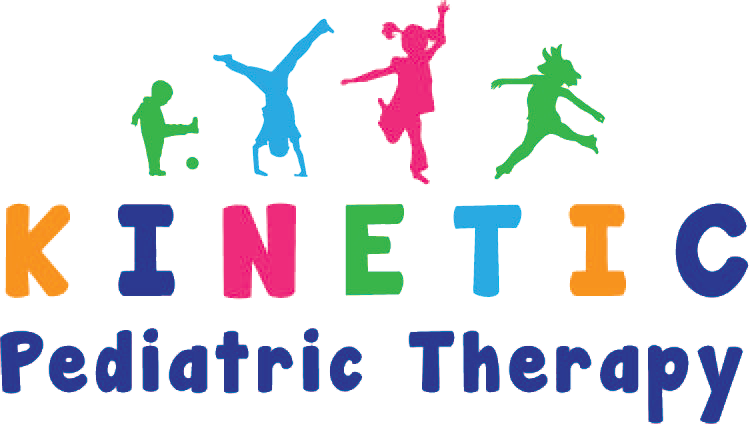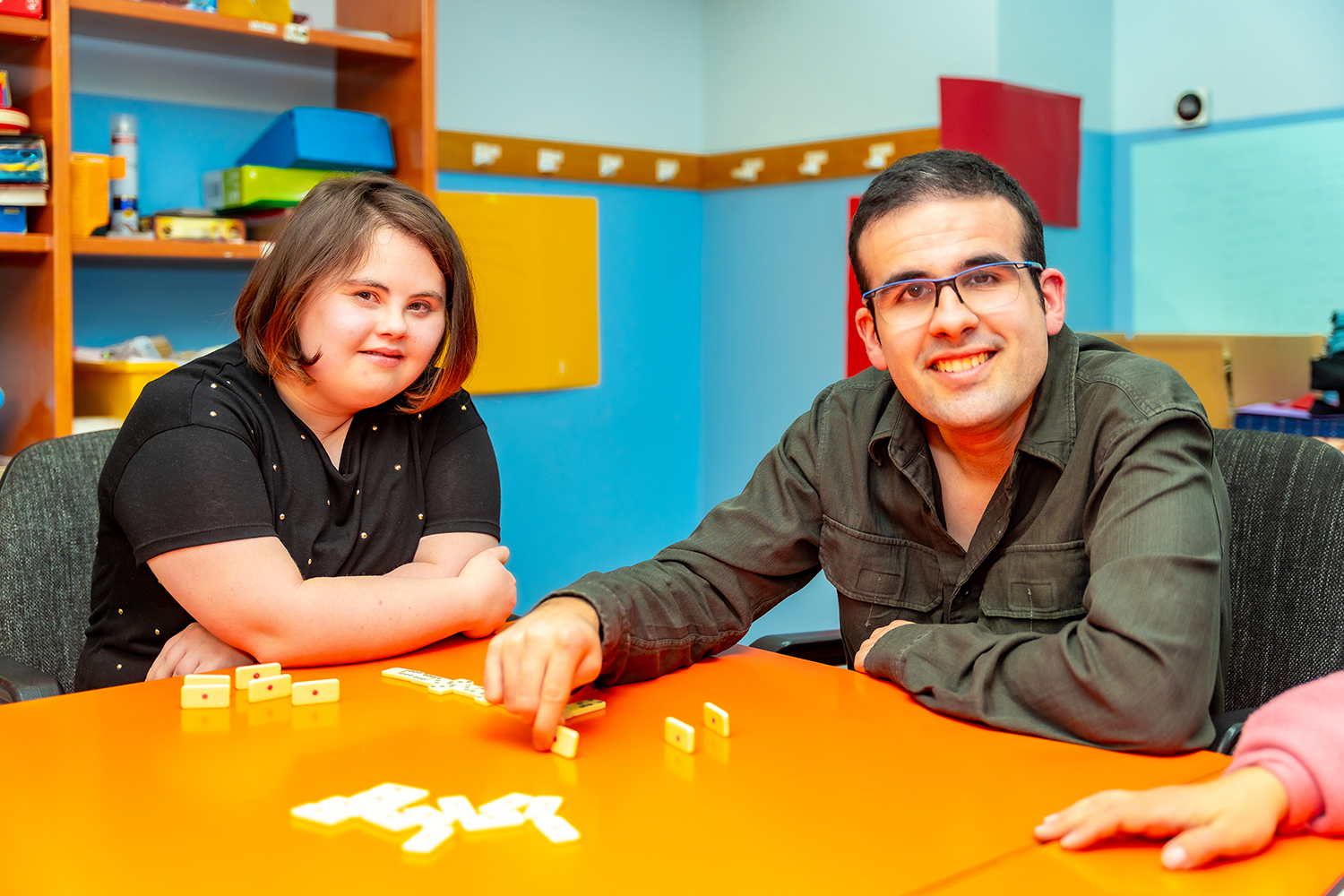
IEP Goals and Objectives
How to Write Measurable and Functional Goals
Creating effective and measurable goals for an Individualized Education Program (IEP) is crucial to supporting the development and progress of children with diverse needs. IEP goals guide the educational and therapeutic services that a child receives, ensuring that their unique requirements are addressed and that meaningful progress is made. At Kinetic Pediatric Contract Therapy, we understand the importance of crafting well-defined, functional, and measurable IEP goals that foster success in school settings and beyond.
This comprehensive guide will help you understand the components of writing strong IEP goals, why they matter, and how to ensure they are both measurable and functional for each child.
Why Measurable and Functional IEP Goals Matter
IEP goals serve as a roadmap for a child’s educational journey. They provide clear benchmarks for teachers, therapists, and parents to assess progress and ensure that the child is on the right path. Measurable and functional goals:
- Promote accountability: Measurable goals help school professionals and parents track the child’s progress and adjust interventions if needed.
- Ensure progress: Clear goals help identify whether the child is progressing as expected or needs further support.
- Improve collaboration: Well-defined goals encourage a collaborative approach between school staff, therapists, and families, ensuring that everyone works toward the same objectives.
- Provide clarity: Goals that are functional help address real-world skills that the child needs to succeed academically and socially.
Components of a Strong IEP Goal
To ensure that IEP goals are both measurable and functional, it’s important to include several key elements:
- Present Level of Performance (PLOP): This is a baseline of the child’s current abilities. It describes where the child stands in relation to their peers in areas such as academics, social skills, motor skills, communication, and behavior. A clear PLOP sets the foundation for crafting a goal that is realistic and attainable.
- Specific Skill: The goal should focus on one particular skill or area of development. Avoid general statements like “improve reading” or “be better at social interactions.” Instead, the goal should specify what the child will do, such as “use appropriate social greetings with peers” or “identify and decode sight words.”
- Measurable Criteria: Every goal should have clear criteria that can be measured. Use numbers, percentages, or other quantifiable markers to define success. For example, “John will correctly solve 4 out of 5 math problems with 90% accuracy” provides a clear metric for progress.
- Time Frame: Each goal should include a timeline for achievement. This provides a structure for how long the child and the team have to achieve the goal, typically within one IEP year.
- Functional Outcomes: Goals should focus on skills that the child will use in real-life settings. These functional goals help the child succeed not just in school but also at home and in the community. For example, a functional goal could be “Sarah will follow a three-step verbal direction in the classroom and at home with 80% accuracy.”
- Method of Assessment: Specify how progress will be measured. This could include observations, data collection, assessments, or progress reports. For example, “Progress will be monitored through weekly check-ins and teacher observation.”
How to Navigate the Special Education System: Advocating for Your Students
Steps for Writing Measurable and Functional IEP Goals
Now that we’ve explored the key components, let’s break down the process of writing these goals:
- Start with the Present Level of Performance
Before writing a goal, it’s important to understand where the child is starting. Review their current performance across different areas—academic, social, behavioral, and communication. The PLOP should be thorough and data-driven, providing an accurate picture of the child’s current abilities.
Example: “Sarah currently reads at a first-grade level, struggles with decoding multi-syllable words, and has difficulty using context clues to understand meaning.”
- Define the Desired Outcome
Next, think about the skills the child needs to develop to improve their performance in specific areas. Make sure the outcome is specific and achievable. Avoid vague language, and ensure the goal focuses on a concrete skill that can be developed.
Example: “By the end of the IEP year, Sarah will be able to decode multi-syllable words with 80% accuracy using context clues.”
- Set Measurable Criteria
Add specific, measurable benchmarks to track the child’s progress toward the goal. This is the key to determining whether the child is moving in the right direction.
Example: “Sarah will correctly decode 8 out of 10 multi-syllable words during small group instruction.”
- Make the Goal Functional
Connect the goal to real-world, functional outcomes that will help the child both in school and in their day-to-day life. Functional goals are practical and aligned with tasks the child will encounter in their academic or social environments.
Example: “Sarah will use context clues to decode unknown words while reading independently, which will improve her comprehension during classroom reading activities.”
- Include a Time Frame
Specify how long the child will have to achieve the goal. Generally, IEP goals are designed for a year, but shorter time frames may be used for specific objectives within the broader goal.
Example: “Sarah will achieve this goal by the end of the 2023-2024 school year.”
- Identify Methods of Assessment
Determine how the child’s progress will be evaluated. Whether it’s through standardized testing, teacher reports, or direct observation, the assessment method should align with the goal.
Example: “Progress will be tracked through bi-weekly reading assessments and teacher observation during independent reading time.”
Common Pitfalls to Avoid
- Vagueness: Avoid goals that are too broad or vague. A goal like “improve behavior” is not specific or measurable. Instead, focus on clear, actionable outcomes such as “raise hand to ask a question in class without prompting 4 out of 5 times.”
- Unrealistic Expectations: It’s important to challenge the child, but setting goals that are too ambitious can lead to frustration and a lack of progress. Ensure the goal is attainable within the given time frame.
- Over-reliance on Standardized Testing: While tests can be a useful tool, they shouldn’t be the sole method of measuring progress. Include a variety of assessment methods to get a full picture of the child’s development.
Writing effective IEP goals is a critical part of ensuring that children with diverse needs receive the support they require to succeed. By focusing on specific, measurable, and functional goals, schools and therapists can create a path toward meaningful progress. At Kinetic Pediatric Contract Therapy, we are dedicated to collaborating with educators and families to develop tailored IEP goals that empower children to thrive in their academic environments.
With the right approach to goal-setting, children can achieve significant gains that not only benefit them in the classroom but also in life. We are here to help every step of the way, offering a comprehensive range of services to ensure your child receives the best possible support.
Please Share
Ready to Take the Next Step in Your Career?
If you’re an educational professional looking to take your career to the next level, explore all the Kinetic Pediatric Therapy career opportunities.
We’re looking for candidates who are ready to bring their expertise to our team and strive to provide the very best service to our clients.
We are 100% therapist owned and operated. We offer a family friendly environment that offers not only a challenging and rewarding career but a fun team of colleagues and mentors. School based therapy staff even have an option to choose a 10 or 12 month pay option. All applicants have the opportunity to interview our therapists to learn more about a career with Kinetic. You will find our Glassdoor and Indeed ratings and reviews to be among the best.




